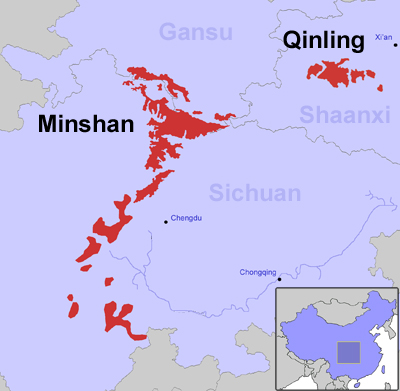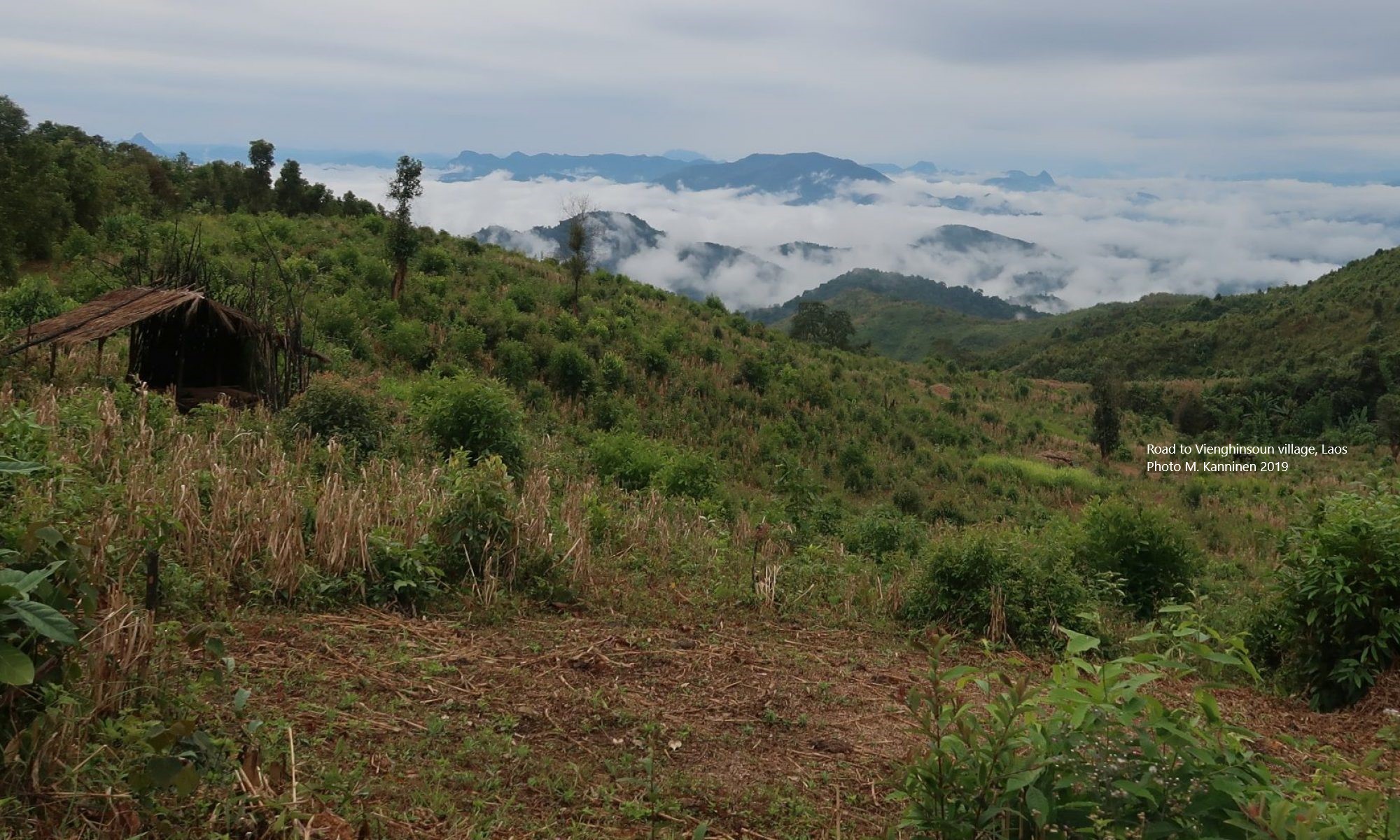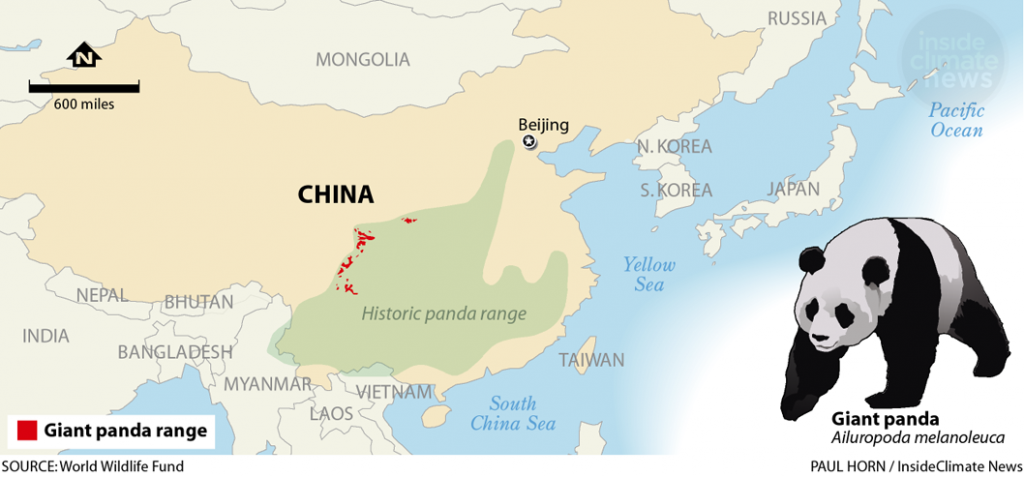The impact of habitat regulatory policies on ecological protections and rural livelihoods: The case of giant panda protected areas in China (2018-2022)
Short description
Giant panda’s had a large historical range throughout southern and eastern China, as well as into neighbouring Myanmar and northern Vietnam. But due to expanding human populations and development, the species is now restricted to around 20 remote forest areas in six mountain ranges in China’s Sichuan, Shaanxi and Gansu provinces
Despite estimates that the numbers of wild giant pandas are rising, only about two-thirds of the estimated 1,864 are protected by a network of 67 panda reserves. Furthermore, only 54% of their existing habitat is covered by the nature reserves, and there is evidence that their habitat is shrinking and becoming more fragmented due to human encroachment in the form of agriculture, road building, tourism and logging. Since habitat loss remains the most serious threat to the panda, establishing new reserves and extending existing ones – to cover the animal’s actual range – is crucial for their survival. But how to balance conservation and development in a context whereby approximately half of the country’s extreme poor live in or near the protected areas? Addressing this question is particularly timely given the central government’s recent pledge – by president Xi Jinping – to end poverty in China by 2020.
The Chinese government has progressively implemented a range of stringent regulatory policies governing giant panda habitats, including measures that severely limit local livelihood activities and development opportunities. However, the impact of regulation intensity on the panda habitat and local livelihoods remain unclear across their range.
The purpose of this study is to provide empirical data that can be used to inform and improve current regulatory policies to realize the inclusive development of ecology and livelihoods in giant panda habitats.
Firstly, this study will develop a theoretical framework to explain how habitat regulations influence rural household behaviours and further impact regulatory implementation outcomes. Secondly, this study will measure and estimate regulatory intensities of different protected areas through field surveys and comprehensive appraisal methods. Thirdly, this study will further analyze the effects of regulation intensity on both ecology and livelihoods in giant panda habitats through ecological and economic evaluation methods.
Panda habitat will be evaluated from aspects of species richness, biodiversity index and habitat suitability index. Livelihoods will be assessed from aspects of rural household income and poverty levels, livelihood vulnerability, and well-being. Lastly, based on the above analysis, approaches to realize inclusive development between conservation and livelihoods will be investigated using participatory stakeholder scenario workshops, and suggestions to adjust policies to improve habitat regulations in giant panda habitats will be made.
Objectives
The project aims to investigate the current regulatory policies of giant panda habitats and to explore the effects on the panda’s habitat and local livelihoods in Shaanxi, Sichuan, and Gansu Provinces in China. In the context of the stringent government regulatory polices of giant panda habitat, the main objective of this study is to determine how regulatory policies can be effectively improved to ensure giant panda population growth, with their habitat quality enhanced as part of an inclusive development model that considers local livelihood needs.
There are four main research objectives of this project:
1) Measuring the actual enforcement of current regulatory policies of giant panda habitat.
2) Investigating the effect of regulatory policies on giant panda habitat through ecological evaluation.
3) Investigating the effect of regulatory policies on local household livelihoods in giant panda habitat areas.
4) Exploring the inclusive development of ecological protection and livelihoods in giant panda habitats, from the regulatory policy improvement perspective.
Partners
– Forestry Economics Research Center, South China Agricultural University (SCAU), Guangzhou, China.
– Viikki Tropical Resources Institute (VITRI), Helsinki, Finland.
– Center for International Forestry Research (CIFOR), Bogor, Indonesia.
Research team
SCAU
Lan Gao – Principal Investigator
Yi Li – project researcher
Yijing Zhang – project researcher
Wei Duan – project researcher
Wei Zhou – project researcher
Jinyu Shen – project researcher
PhD student 1 – Zhenjiang Song (GIS)
PhD student 2 – Mingchuan Li (sociology)
PhD student 3 – Huiqi Teng (Forest economics, livelihoods)
VITRI
Nick Hogarth –Principal investigator and coordinator
Markku Kanninen –Key expert
Publications
Research portal University of Helsinki
Project information
Location: China (Shaanxi, Gansu and Sichuan provinces). See map.
Duration: January 2018 – end of 2022 (5 years)
Project leader in VITRI: Nick Hogarth
Funding: National Natural Science Foundation of China (NSFC)


